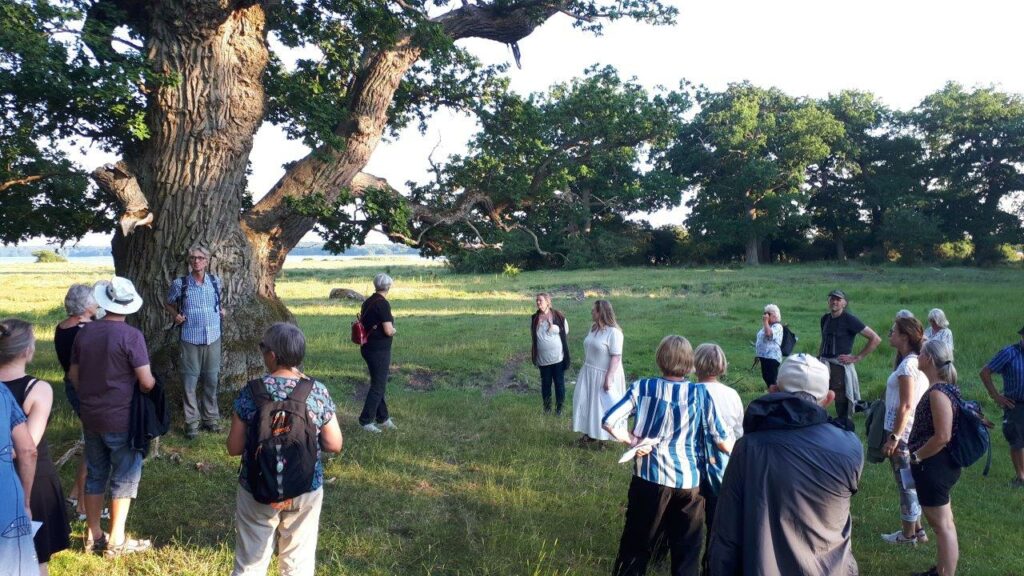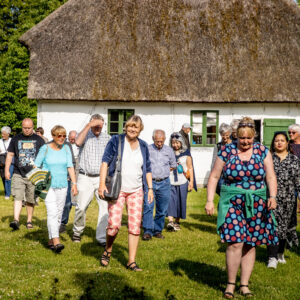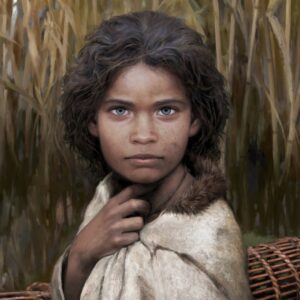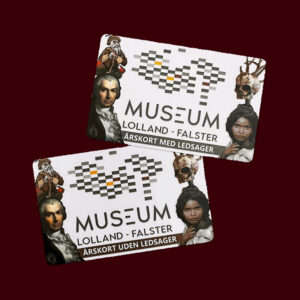
Date
Start time
End time
Location
Meeting point:
At the entrance to Fuglsang Kunstmuseum
Nystedvej 71,
4891 Toreby L.
Contact information
butik@museumlollandfalster.dk
Capacity
37 in stock
Sales period ends
Buy tickets for
Landscape tour: Take a trip to Skejten - When natural and cultural history meet on 24 June
The Sketeten in Southeastern Lolland is often mentioned as a genuine ice age landscape, uncultivated for generations. But is it only nature that has been at play, or did our ancestors still have some influence?

Date
Start time
End time
Location
Meeting point:
At the entrance to Fuglsang Kunstmuseum
Nystedvej 71,
4891 Toreby L.
Contact information
butik@museumlollandfalster.dk
Capacity
37 in stock
Sales period ends
The Sketeten in Southeastern Lolland is often mentioned as a genuine ice age landscape, uncultivated for generations. But is it only nature that has been at play, or did our ancestors still have some influence?
75,00 DKK. - 95,00 DKK.
This year, the guides on the trip to Skejten are nature guide Johnny Madsen from Guldborgsund Municipality, geologist Elly Andersen from the Black Geomuseum in Gedser and archaeologist Anna-Elisabeth Jensen from Museum Lolland-Falster. Again this year, the fantastic natural and cultural landscape at Skejten is the focal point on the last Monday evening in June. Join us on a different trip out into the countryside, when the various experts talk about the landscape at Skejten based on their respective competences.
The large lines in the landscape of south-eastern Lolland were formed during the last ice age, when large glaciers slid across the area. The last of the many glaciers modeled the land into a series of elongated, low hills and valleys. The road, between Nysted and Nykøbing, passes across a whole series of these small hills and valleys that stand out faintly in the landscape. The most obvious is probably the valley with Flintinge Å. When the large masses of ice melted away from the area, they left the land dry, but the melting ice caused the water to rise to its current level. The water has flooded the lowest parts of the valleys, while the hills form the gently meandering coastline with many small headlands and peninsulas, including Skejten, as we know it today.
At the far end of Skejten is one of the region's most beautiful landscapes, with low salt meadows out to Guldborgsund and higher-lying areas with old, free-growing oak trees. Among other things, Olaf Rude used the motif for his large two-part decoration in the Folketingsalen. Large blocks are strewn on the salt meadows. The blocks came to the land with the glaciers that left them here over 10.000 years ago. If you look closer at the large stones, they can reveal the routes the glaciers took before they reached the area. The large stones are also seen lying in large numbers in the shallow areas, but in the fields the stones are missing. Here they are gathered together and placed in the dykes that now surround the fields.
Out there is also one of the country's smallest coastal cliffs, which reveal what the earth looks like below the soil layer. The cliff is only about half a meter, and yet it contains stories about the land many millions of years ago. In the small cliff, you can see the over 60 million-year-old writing chalk, which we know from, among other things, Møns Klint. The writing chalk contains large quantities of flint, which was of great importance to the area in the Stone Age. A large number of flint axes and other worked flints from associated Stone Age settlements have been collected in the area, and the village of Flintinge in Østlolland is actually named after the enormous quantities of flint found in the limestone. The area has therefore been an extremely important resource area in the Stone Age
Photo credit: Johnny Madsen, nature guide Guldborgsund Municipality
Once you have paid, you will receive a receipt via email with links to print your ticket(s).
You must show your printed ticket(s) OR your receipt email on a mobile device at the entrance/arrival to the event.
Holders of annual pass must present their valid annual pass upon entry/arrival along with their printed tickets OR the receipt email.




